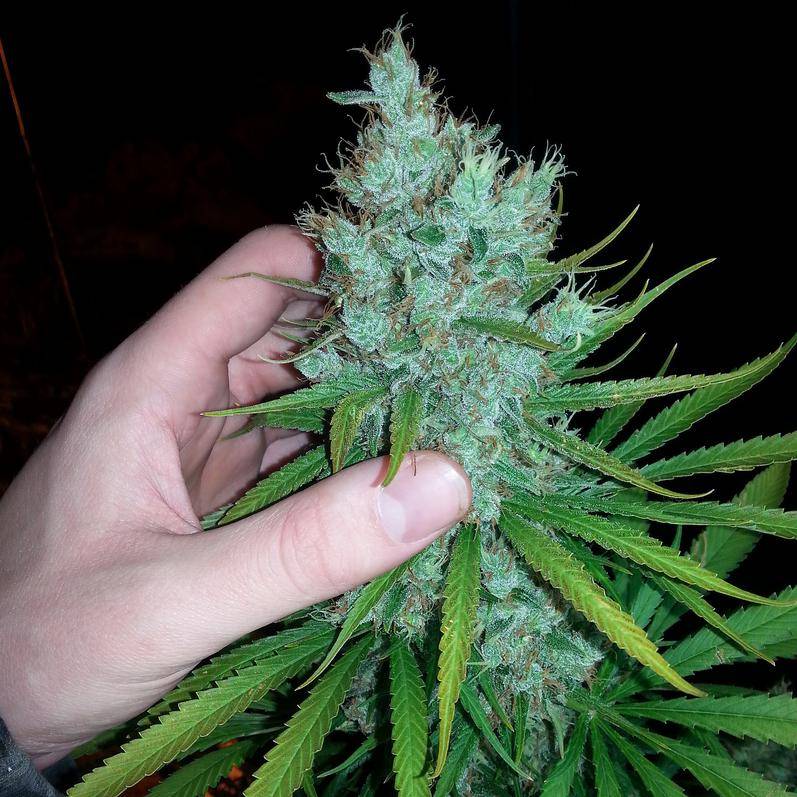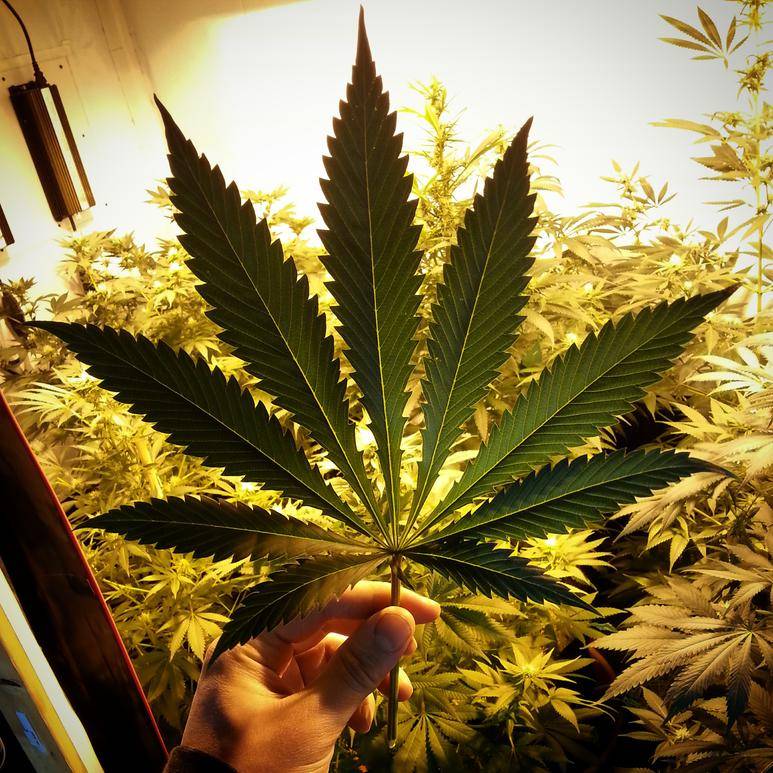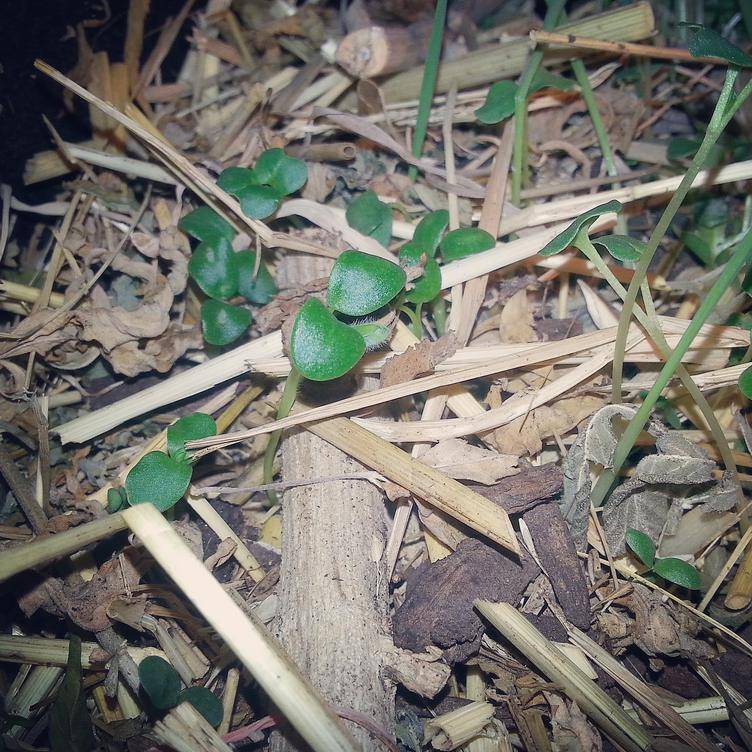Greetings all 
This thread will consist of my 2nd no-till cycle in organic soil, you can find my 1st cycle over at Team Microbe's Living Soil Laboratory if you wish to start from the beginning of the journey...

^ This grow was the funnest run I've had to date. Everything is easier when you don't have to battle pests or disease; all the work was done during the soil mixing process in the beginning. From there on out it was just water and compost tea (for the most part)

Converting to soil for me was like wrapping my ego up in a shirt, setting it on the ground, and smashing it to pieces like my mom would smash my glass bubblers back in the 7th grade. It's humbling as hell, and it really makes you look at life outside of the garden in a completely new spectrum as well. That's a topic for another day though...

Some clover ready to inoculate the clone I transplant tonight - this will be the 2nd cycle in this 7 gal
I decided to move my 2nd cycle's thread over here to the Organic Soil forum instead of the Indoor Grow forum to find more insight from a more like-minded crowd, I feel like it's more fitting now that I'm beginning to nerd out a little bit - I feel more accepted over here lol. I'd like to make this not only a platform for novices to learn from, but a platform for myself and many others to learn from the soil vets out there that have something to pass down to the up n' comers. The ladder of knowledge; I like to call it. Ahhh, what a beautiful thing.
Anyways, lets pick up where we left off... shall we?

This thread will consist of my 2nd no-till cycle in organic soil, you can find my 1st cycle over at Team Microbe's Living Soil Laboratory if you wish to start from the beginning of the journey...
^ This grow was the funnest run I've had to date. Everything is easier when you don't have to battle pests or disease; all the work was done during the soil mixing process in the beginning. From there on out it was just water and compost tea (for the most part)
Converting to soil for me was like wrapping my ego up in a shirt, setting it on the ground, and smashing it to pieces like my mom would smash my glass bubblers back in the 7th grade. It's humbling as hell, and it really makes you look at life outside of the garden in a completely new spectrum as well. That's a topic for another day though...
Some clover ready to inoculate the clone I transplant tonight - this will be the 2nd cycle in this 7 gal
I decided to move my 2nd cycle's thread over here to the Organic Soil forum instead of the Indoor Grow forum to find more insight from a more like-minded crowd, I feel like it's more fitting now that I'm beginning to nerd out a little bit - I feel more accepted over here lol. I'd like to make this not only a platform for novices to learn from, but a platform for myself and many others to learn from the soil vets out there that have something to pass down to the up n' comers. The ladder of knowledge; I like to call it. Ahhh, what a beautiful thing.
Anyways, lets pick up where we left off... shall we?





